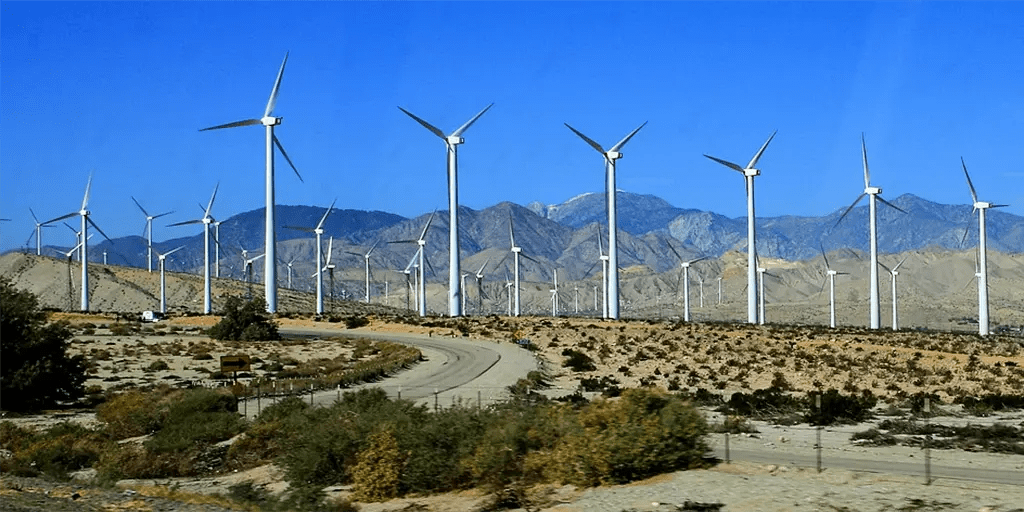
The Surface Water and Ocean Topography (SWOT) mission instruments have allowed for the clearest satellite-produced map of the seafloor to date, according to a new study in Science. The work could help researchers better understand everything from biodiversity hot spots to plate tectonics to tsunami propagation.
Ship-based sonar has a resolution of about 200–400 meters (650–1,300 feet). The Seabed 2030 project aims to map the entire ocean floor by the end of the decade using this method. However, the relatively time-consuming and expensive technique has imaged only about 25% of the seafloor so far.
Most seafloor map images are derived from satellite altimetry, which measures height variations of the ocean’s surface. Scientists use this information to make inferences about seafloor features that influence sea surface level by affecting marine gravity (e.g., sea level is higher over a seamount). Over the past 30 years, data gathered by satellite instruments have allowed scientists to map marine gravity at a resolution of about 12–16 kilometers (7.5–9.9 miles).
Jointly developed by NASA and the Centre National d’Etudes Spatiales (CNES, the French national space agency) and launched in 2022, SWOT measures sea surface height in two dimensions rather than one. In the new study, researchers used SWOT data from April 2023 to July 2024 to map marine gravity at a resolution of 8 kilometers (5 miles).
“This paper represents a huge leap forward in our ability to map our planet.”
“So, 1 year of SWOT data beat the past 30 years of traditional nadir altimeter [data] in constructing marine gravity,” said Yao Yu, the lead author of the study and a postdoctoral researcher studying marine geophysics and physical oceanography at the Scripps Institution of Oceanography at the University of California, San Diego.
The improved resolution has uncovered thousands of small seamounts and is allowing researchers to better characterize abyssal hills and map submarine canyons. Detecting these features could help improve studies of ocean circulation and deep-ocean mixing, which can affect ocean temperatures and carbon dioxide absorption.
“I am mostly impressed with the ability to [map] abyssal hills and seamounts so much [more clearly] than ever before,” Ole Baltazar Andersen, a geophysicist at the Technical University of Denmark, wrote in an email. Andersen was not involved with this research but has collaborated with David Sandwell, Yu’s adviser and a paper coauthor. “This paper represents a huge leap forward in our ability to map our planet.”
Nadya Vinogradova Shiffer, an ocean physicist and SWOT program scientist at NASA, wrote in an email that the work was “impressive” and brings a new level of detail to satellite altimetry capabilities.
“Improved seafloor mapping at such level of details opens new frontiers” in areas including geodesy, ocean modeling, hydrology, navigation, and benthic ecology, she said.
—Emily Dieckman (@emfurd), Science Writer










Leave a Comment